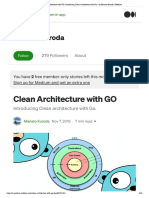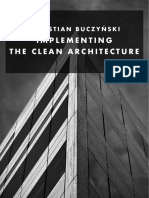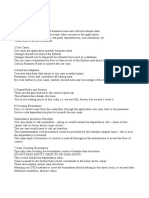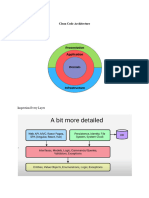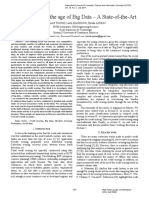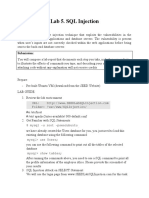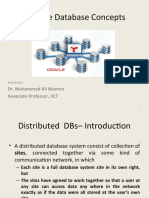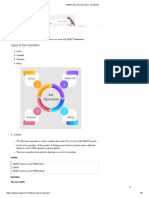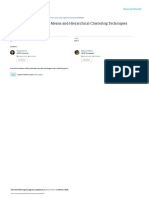0% found this document useful (0 votes)
38 views3 pagesClean Architecture in Dot Net
Clean Architecture, proposed by Robert C. Martin, focuses on separation of concerns and independence from frameworks, UI, and databases to create maintainable and scalable software. It is structured into four layers: Domain, Application, Infrastructure, and Presentation, each with specific responsibilities and dependencies. The approach emphasizes easy testing, low coupling, and high cohesion, making it easier to replace infrastructure components.
Uploaded by
aufci615Copyright
© © All Rights Reserved
We take content rights seriously. If you suspect this is your content, claim it here.
Available Formats
Download as PDF, TXT or read online on Scribd
0% found this document useful (0 votes)
38 views3 pagesClean Architecture in Dot Net
Clean Architecture, proposed by Robert C. Martin, focuses on separation of concerns and independence from frameworks, UI, and databases to create maintainable and scalable software. It is structured into four layers: Domain, Application, Infrastructure, and Presentation, each with specific responsibilities and dependencies. The approach emphasizes easy testing, low coupling, and high cohesion, making it easier to replace infrastructure components.
Uploaded by
aufci615Copyright
© © All Rights Reserved
We take content rights seriously. If you suspect this is your content, claim it here.
Available Formats
Download as PDF, TXT or read online on Scribd
/ 3




















